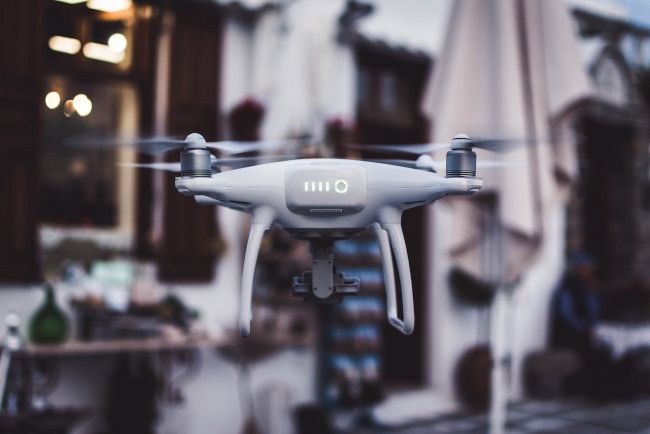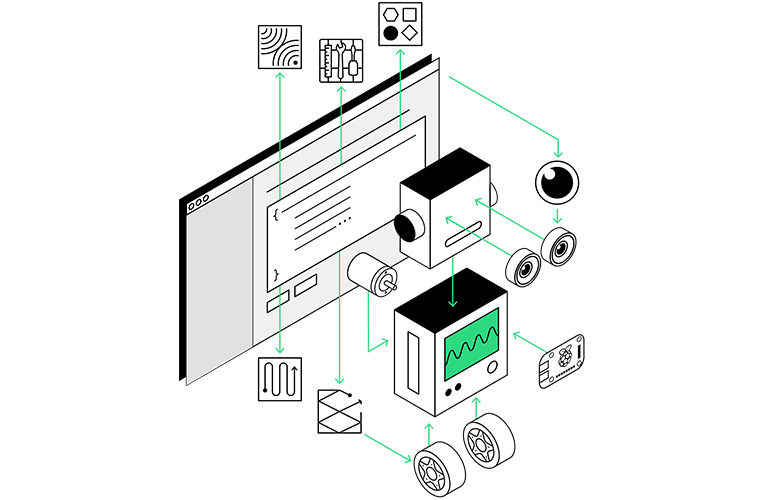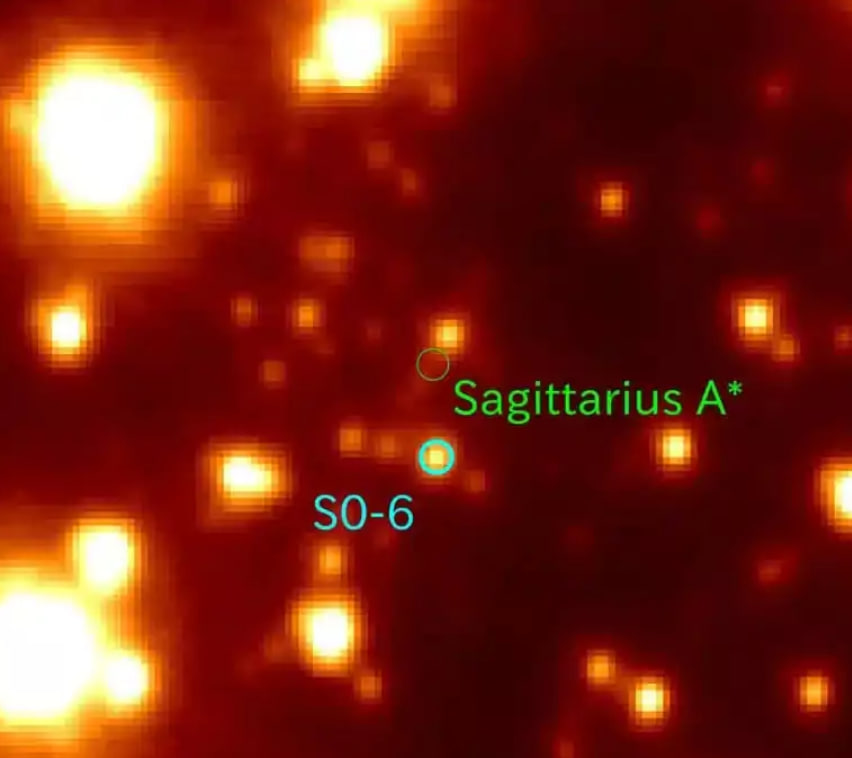Experts forecast a major rise in low-altitude drone traffic, estimating 1 million commercial UAVs in US airspace below 120 meters by 2027. Ensuring safety with this scale of uncontrolled operations poses challenges.
To address this, researchers from Johns Hopkins University developed an AI-powered simulation system for autonomous drone traffic management. Published in IEEE Computer, their work shows promise for safely scaling drones via algorithms.
The team evaluated various autonomous technologies in a 3D simulated environment. Prior findings showed collision avoidance algorithms significantly reduce accidents. Adding strategic deconflicting to optimize routes and timing prevented almost all collisions.
For realism, they included "noisy sensor" randomness and a "fuzzy inference system" to contextualize collision risks. The autonomous decision-making enabled preventing predicted collisions.
Results were promising even with unauthorized off-route drones. The researchers plan to improve it further by incorporating weather and other real-world complexities.
As drone fleets grow exponentially, human oversight will become infeasible. This research hints at AI's potential to enable safe, efficient coordination at scale.
Key challenges remain around testing with live drones and ensuring robust performance across diverse environments. But these initial simulations demonstrate principles for autonomous air traffic management as drones continue proliferating worldwide.
Blending context-aware AI, strategic planning, and adaptable decision-making will be critical if drones are to be safely integrated into cities and skies. Work like this is laying algorithmic foundations for that future.
"This work has been investigated by modeling work in environments and systems that are being considered for deployment by third parties in future airspace, as well as in academic and basic research of the IEEE and ACM communities," explains Watkins. "This work helps researchers understand how autonomous control algorithms that protect airspace can behave when faced with noise and uncertainty in 3D-simulated airspace, and highlights the need for continuous monitoring of the results of these autonomous algorithms to ensure that they have not reached potential failure states."


















